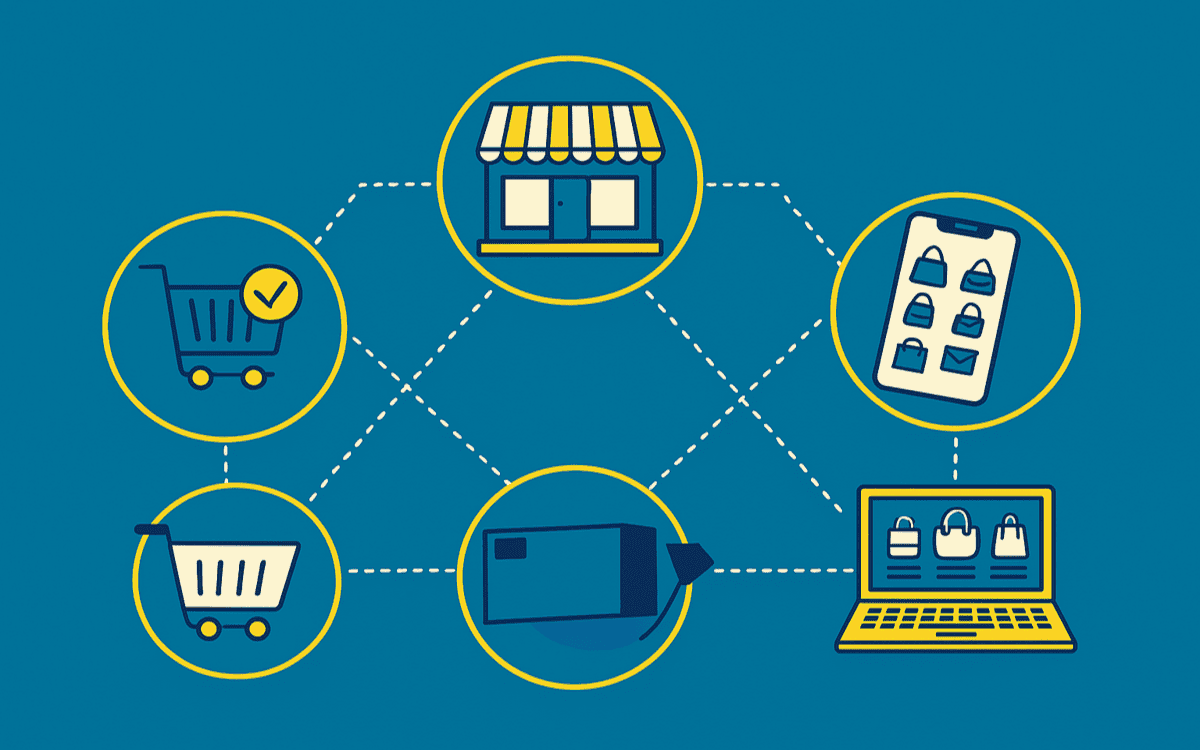Business Process Outsourcing (BPO) is a strategic decision for many companies looking to optimize operations, reduce costs, and focus on core business activities. This comprehensive guide explores the BPO model and its various types, providing insights into how businesses can leverage outsourcing for enhanced efficiency and growth. From understanding the foundational aspects of BPO to selecting the most suitable model and navigating potential challenges, this article covers essential facets to help businesses make informed outsourcing decisions.
Table of Content
- What is Business Process Outsourcing (BPO)?
- What is BPO model and 7 Different Types of BPO
- What are the Types of BPO Vendors?
- What are the BPO Delivery Models?
- What are the Main Benefits of BPO?
- What are the Possible Drawbacks of BPO?
- Best Practices for Successful BPO Implementation
- Conclusion
- Frequently Asked Questions (FAQ)
What is Business Process Outsourcing (BPO)?
BPO involves contracting third-party service providers to perform specific business tasks or processes. This model enables companies to achieve operational efficiencies, access specialized skills, and manage costs effectively. BPO services can span various functions, from customer service and human resources to IT and finance, allowing businesses to delegate non-core tasks and concentrate on strategic initiatives.
What are the Types of Business Process Outsourcing?
Onshore BPO Model
The onshore BPO model allows companies to outsource their processes within the same country, facilitating seamless communication and regulatory compliance. This model is particularly advantageous for businesses prioritizing contact and support with their BPO provider in a similar cultural and regulatory environment. While it may not offer the cost savings associated with offshore outsourcing, the onshore model enhances operational control and simplifies management of outsourced functions. It’s ideal for industries requiring close collaboration between the client company and the BPO team, ensuring that services are delivered in alignment with local standards and customer expectations.
Offshore BPO Model
Offshore BPO Model enables businesses to outsource operations to service providers in distant countries, capitalizing on lower operational costs and accessing a global talent pool. This model is particularly appealing to companies looking to significantly reduce expenses without compromising service quality. However, it introduces challenges such as navigating time zone differences and overcoming cultural barriers, which can impact the effectiveness of communication and teamwork. Industries benefiting from the offshore model include those with standardized processes that can be easily transferred and managed remotely, such as call center services and back-office tasks.
Nearshore BPO Model
The nearshore BPO model offers a middle ground by outsourcing to providers in geographically proximate countries. This approach reduces some of the communication and operational challenges associated with the offshore model, such as time zone discrepancies and cultural differences, while still offering cost advantages. It’s particularly suitable for businesses seeking closer collaboration and more regular contact with their outsourcing team. Industries that require frequent and direct communication with their BPO provider, such as IT and software development, find the nearshore model highly beneficial for maintaining a high level of service quality and project management efficiency.
Hybrid BPO Model
Hybrid BPO Model combines the best aspects of onshore, offshore, and nearshore outsourcing, giving companies the flexibility to distribute tasks based on the nature of the work, cost considerations, and strategic importance. This model allows businesses to tailor their outsourcing strategy to meet specific needs, optimizing cost savings while maintaining quality and control over critical processes. It’s particularly effective for organizations with diverse outsourcing requirements that span different areas of operation, including customer support, IT services, and administrative tasks. The hybrid model supports a balanced approach to outsourcing, enabling companies to leverage global talent while retaining essential functions in-house or within close geographical proximity.
Cloud-Based BPO Model
Cloud-based BPO Model harnesses the power of cloud technology to facilitate remote work and scalability, eliminating the need for physical infrastructure and allowing businesses to rapidly adjust to changing market demands. This model supports industries looking to outsource data-intensive tasks like data entry and analysis, software development, and digital marketing, offering them flexibility, scalability, and cost-efficiency. The cloud-based approach simplifies collaboration and data sharing between the company and its BPO provider, ensuring that teams can work effectively regardless of their physical location.
Captive BPO Model
In the captive BPO model, companies establish their own subsidiary in another location to manage specific outsourced tasks. This model provides businesses with greater control over operations and the quality of services rendered. It’s particularly advantageous for companies in industries with complex processes or those handling sensitive information, such as finance and healthcare, where maintaining high standards of compliance and security is paramount. The captive model allows for direct management of the outsourcing center, fostering a strong alignment with the company’s culture, policies, and objectives.
Multi-Sourcing BPO Model
Multi-sourcing BPO Model involves partnering with multiple providers to handle different aspects of business operations, allowing companies to leverage specialized skills and services from various sources. This approach enhances flexibility and reduces dependency on a single outsourcing partner, enabling businesses to achieve optimal performance and cost efficiency across multiple functions. It’s well-suited to industries with diverse operational needs that span various domains, such as e-commerce, telecommunications, and customer service. By engaging different providers, companies can ensure they are accessing the best possible expertise and support for each specific task or project.
What are the Types of BPO Vendors?
Onshore Vendors: Provide services within the same country, ensuring regulatory compliance and cultural alignment.
Offshore Vendors: Offer services from overseas locations, delivering cost savings and access to a broad talent pool.
Nearshore Vendors: Located in neighboring countries, nearshore vendors combine the benefits of geographical proximity with cost efficiencies.
What are the BPO Delivery Models?
Hourly/Daily/Weekly/Monthly: Billing based on the time spent on tasks, offering flexibility in managing work volume.
Fixed Time/Fixed Cost Project: Predetermined project scope and cost, providing clarity on deliverables and expenses.
Hybrid Model: Combines elements of different billing models to suit specific project requirements.
Transaction-Based Model: Charges based on the volume of transactions or interactions, aligning costs directly with service levels.
What are the Main Benefits of BPO?
Cost Efficiency: Significant reductions in operational expenses.
Supported Services: Access to specialized services and expertise.
Relationship with Vendors: Development of strategic partnerships.
Scalability and Flexibility: Ability to adjust operations based on demand.
What are the Possible Drawbacks of BPO?
Communication Barriers: Challenges in ensuring clear and effective communication.
Data Security Concerns: Risks associated with handling sensitive information.
Quality Control Issues: Maintaining consistent service quality levels.
Best Practices for Successful BPO Implementation
Define Clear Objectives and Expectations: Clarify what you aim to achieve with BPO.
Establish Effective Communication Channels: Facilitate smooth interactions with partners.
Monitor Performance Metrics: Assess the success of your BPO initiatives.
Conclusion
Selecting the right BPO model is crucial for leveraging the benefits of outsourcing effectively. By understanding the different models, their advantages, and potential challenges, businesses can make informed decisions that align with their strategic goals and operational needs.



